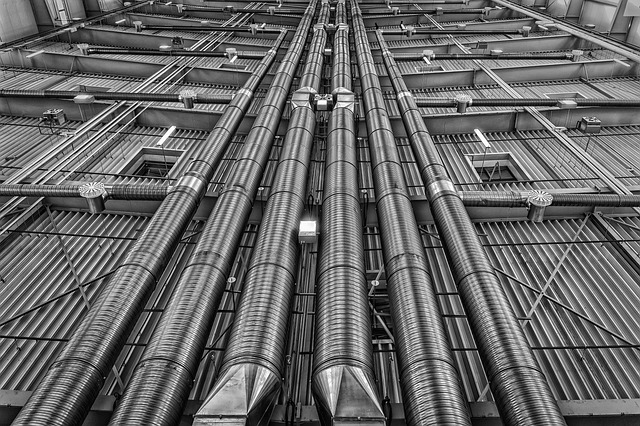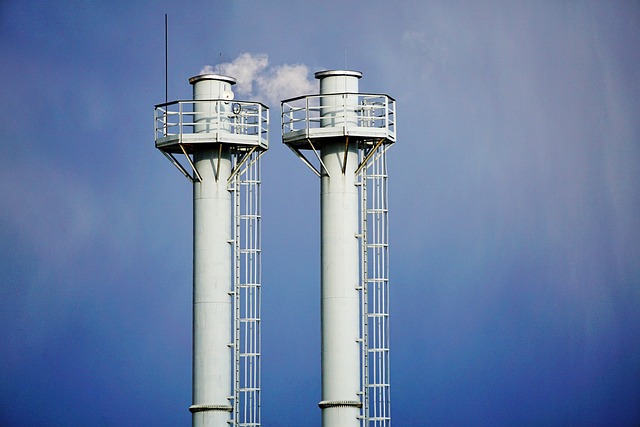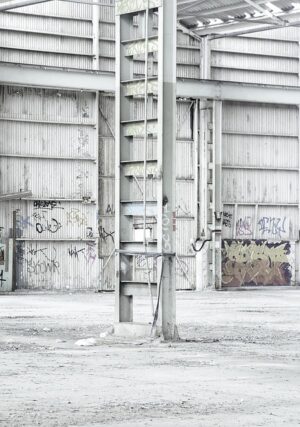Ceiling-mounted destratification fans are an innovative, energy-efficient solution for HVAC systems in industrial and commercial spaces. They combat thermal stratification by using advanced air mixing technology to break up pockets of warm or cool air, ensuring uniform temperature control. This reduces energy consumption, enhances indoor comfort, and optimizes system performance. The right destratification fan, selected based on ceiling height, room size, and thermal stratification levels, can lead to significant cost savings and sustainable operations in both industrial cooling and commercial settings. Case studies show these fans can lower energy costs by 20% and improve indoor air quality, making them a promising game-changer for HVAC efficiency.
“Discover the power of ceiling-mounted destratification fans as a game-changer in reducing HVAC energy costs. This article guides you through the ins and outs of these innovative solutions, from understanding their basic functionality to exploring how they can significantly lower energy expenses. Learn about the key benefits, including improved air circulation and space optimization. We’ll help you choose the perfect fan for your needs and provide inspiring case studies of successful destratification fan implementations.”
- Understanding Ceiling-Mounted Destratification Fans
- How Destratification Fans Reduce HVAC Energy Costs
- Key Benefits of Using Destratification Fans
- Selecting the Right Destratification Fan for Your Space
- Case Studies: Successful Implementation of Destratification Fans
Understanding Ceiling-Mounted Destratification Fans

Ceiling-mounted destratification fans are an innovative solution for improving HVAC (heating, ventilation, and air conditioning) efficiency in both industrial cooling and commercial applications. Unlike traditional ceiling fans that primarily circulate air, destratification fans utilize advanced air mixing technology to break up thermal stratification—the tendency of warm air to rise and cool air to sink over time. By redistributing warm air back down into the occupied space, these fans help maintain uniform temperature control, enhancing both comfort and energy savings.
This strategy is particularly effective in large, bustling spaces where stagnant pockets of hot or cold air can go unnoticed. By promoting continuous air circulation and preventing local temperature variations, destratification fans contribute significantly to overall HVAC energy savings without compromising on the quality of indoor environments. Their ceiling-mounted design also ensures they are discreet yet powerful components in any building’s climate control system.
How Destratification Fans Reduce HVAC Energy Costs

Destratification fans play a pivotal role in reducing HVAC energy costs by tackling the issue of thermal stratification—the vertical temperature variance within a space. In many buildings, warm air tends to rise to the ceiling while cooler air remains near the floor, creating an uneven temperature distribution. This phenomenon is especially pronounced in larger spaces like industrial facilities or commercial buildings.
By utilizing ceiling-mounted destratification fans, this natural occurrence can be mitigated effectively. These fans are designed with air mixing technology that disperses and redistributes warm air throughout the space, ensuring even temperature control. Enhanced air circulation not only improves indoor comfort but also optimizes the performance of HVAC systems. As a result, energy savings can be significant, as the systems work less to maintain uniform temperatures, leading to increased HVAC efficiency in both industrial cooling and commercial applications.
Key Benefits of Using Destratification Fans

Destratification fans offer a range of key benefits that contribute to significant energy savings and enhanced HVAC efficiency. By addressing the issue of thermal stratification – where warm air tends to rise to the ceiling while cooler air remains near the floor – these fans promote better air circulation and temperature control throughout a space. This uniform redistribution of warm air prevents the need for excessive heating, thereby reducing energy consumption.
In both industrial cooling and commercial applications, ceiling-mounted destratification fans serve as an effective air mixing technology. They work by gently agitating the air, ensuring that cool air reaches every corner of a room instead of getting trapped near the floor. This not only boosts comfort for folks in the space but also minimizes the workload on HVAC systems, leading to substantial long-term energy savings.
Selecting the Right Destratification Fan for Your Space

Selecting the right destratification fan is key to achieving optimal energy savings and HVAC efficiency in any space. Consider factors like ceiling height, room size, and thermal stratification levels to choose a fan that effectively redistributes warm air. Ceiling-mounted fans are ideal for commercial applications, offering silent operation and efficient air mixing technology, thereby enhancing comfort without compromising on energy costs.
For industrial cooling needs, look for robust destratification fans designed to withstand harsh conditions. These fans utilize advanced air circulation methods to break up stagnant warm air, ensuring uniform temperature control across the entire area. By addressing thermal stratification, these ceiling-mounted fans can significantly reduce energy consumption associated with constant heating or cooling, making them a smart choice for both cost savings and sustainable operations.
Case Studies: Successful Implementation of Destratification Fans

In various industrial and commercial settings, the successful implementation of ceiling-mounted destratification fans has led to significant energy savings and enhanced HVAC efficiency. These fans are designed to combat thermal stratification by efficiently redistributing warm air, ensuring optimal temperature control throughout the space. Case studies from reputable facilities highlight their effectiveness in reducing energy consumption without compromising on air circulation or comfort levels.
For instance, a large manufacturing plant witnessed a notable 20% drop in HVAC energy costs after installing ceiling-mounted destratification fans. The technology promoted uniform air mixing, eliminating hot spots and reducing the reliance on continuous, high-energy cooling systems. Similarly, a modern office building experienced improved indoor air quality and employee satisfaction due to better temperature regulation facilitated by these fans. These real-world applications underscore the potential of destratification fans as a game-changing air mixing technology in both industrial cooling and commercial settings.
Ceiling-mounted destratification fans emerge as a powerful tool in the pursuit of energy efficiency, offering significant cost savings for HVAC systems. By understanding their operation and benefits, such as improved air distribution and reduced energy consumption, buildings can achieve optimal thermal comfort while minimizing environmental impact. With careful selection based on space requirements and thorough consideration of case studies demonstrating successful implementations, destratification fans provide a compelling solution for sustainable and cost-effective indoor climate control.














